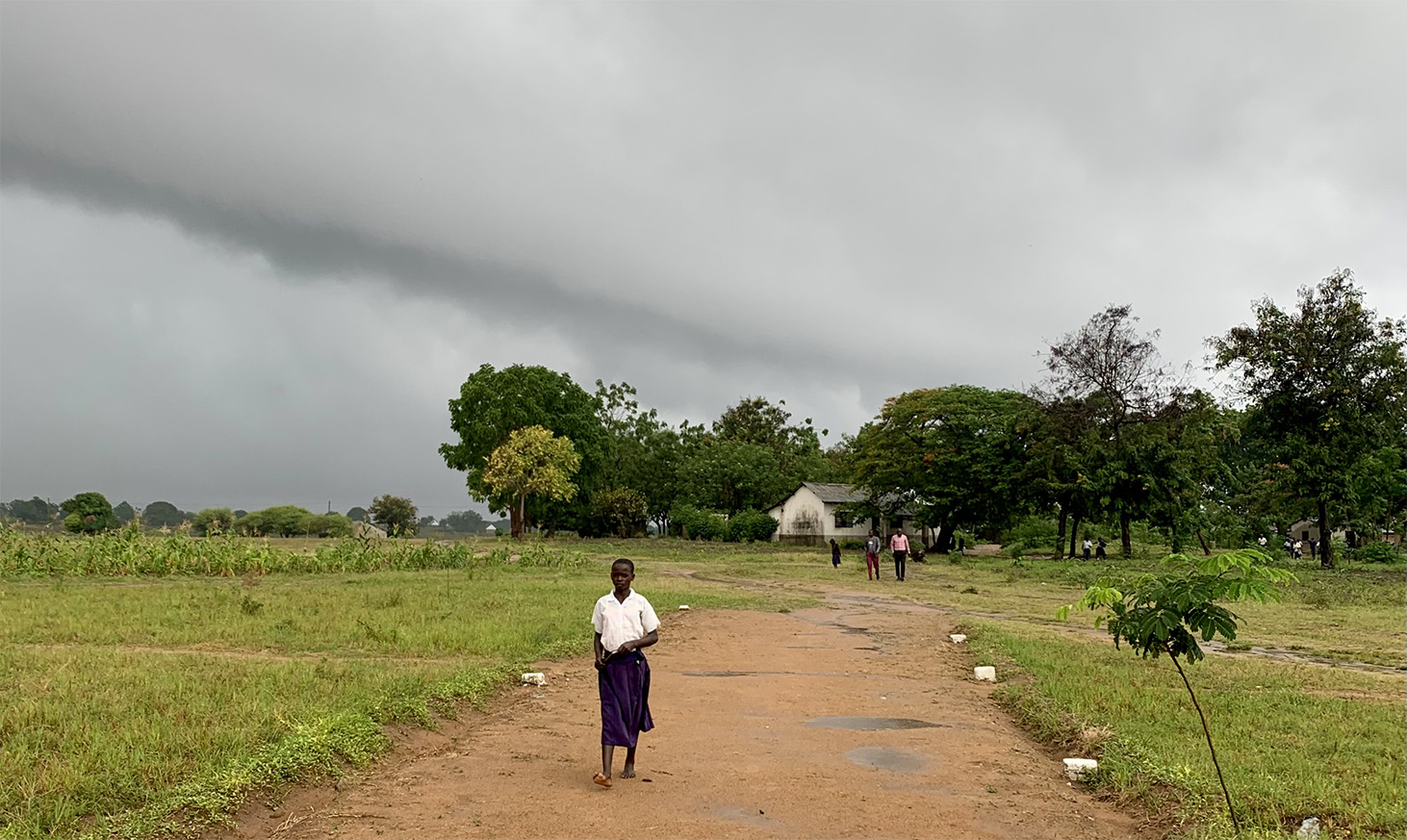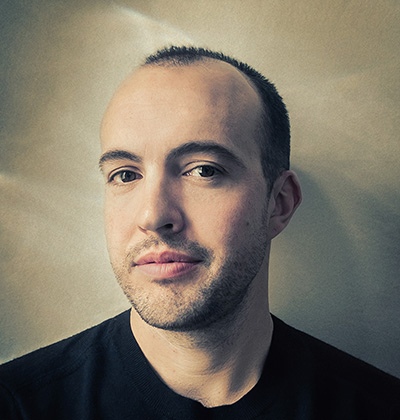
Noah Gallagher Shannon
Artist Statement
When people ask me what sort of writer I am, I sometimes struggle to answer. Many of the stories I write for the New York Times Magazine, Harper’s and others blend a few different genres and subjects of nonfiction: science, sports, travelogue, investigation, criticism, history, personal essay. And yet to tell people I merely write “nonfiction” has always struck me as broad to the point of meaninglessness, if not also a little strange: “I write stories that are not fiction.” Then what are they? I always liked the way Charles Bowden put it: “I’m a reporter. I go out and report.” Meaning, I bring back the world as best I saw it. That’s a blunt way of answering the question, though I also always liked the open-ended way a friend of mine described the work: as a “genre of resourcefulness.” That’s a description that communicates a way of being: immersing yourself in the raw matter of a story, whatever it happens to be – people, statistics, gossip, newspapers, personal reflection – and trying to render it, through a process of transparency and creative ownership, into an original description of what happened. That’s perhaps what resonates with me the most: to say that I’m a writer drawn to the process of inquiry, wherever it takes me.
While at Headlands
While in residence at Headlands, I’ll be working on the first draft of a book I’ve been reporting and researching for the last several years. Tentatively called “Runners of the North Pass,” the book examines the rise of East African distance running in the 1970s through the complicated story of three young athletes from Kenya, Tanzania and South Africa, all of whom left home to compete for a small American college in the desert borderlands: the University of Texas-El Paso. Together with their teammates, the runners became some of the first African athletes to compete in collegiate sports and one of the greatest dynasties of all time, winning seventeen national titles and numerous Olympic medals. Yet, even as the runners made history, they also labored under the burdens of being Black migrants in a white domestic sport, enduring abuses, isolation, exploitation and, ultimately, marginalization from history itself. Their story, though superficially one of the classic American underdog, is at its heart one of the tragic fragility of opportunity.
Selected Works
“The World Builder: How Jack Fisk, the master production designer behind ‘Killers of the Flower Moon’ and many other films, brings the past to life,” from the New York Times Magazine
“Tilting at Windmills: No greater challenge faces humanity than reducing emissions without backsliding into preindustrial poverty. One tiny country is leading the way,” from the New York Times Magazine
“What’s Going on Inside the Fearsome Thunderstorms of Córdoba Province? Scientists are studying the extreme weather in northern Argentina to see how it works — and what it can tell us about the monster storms in our future,” from the New York Times Magazine
“Climate Chaos is Coming—and the Pinkertons Are Ready: As they see it, global warming stands to make corporate security as high-stakes in the 21st century as it was in the 19th,” from the New York Times Magazine
“Atlanta Hellride: How Grant Taylor became one of the greatest skateboarders in the world without leaving his hometown,” from the Oxford American
The Blood Is Still There: A trip to mark the unspeakable at the site of the Sand Creek Massacre,” from Harper’s
